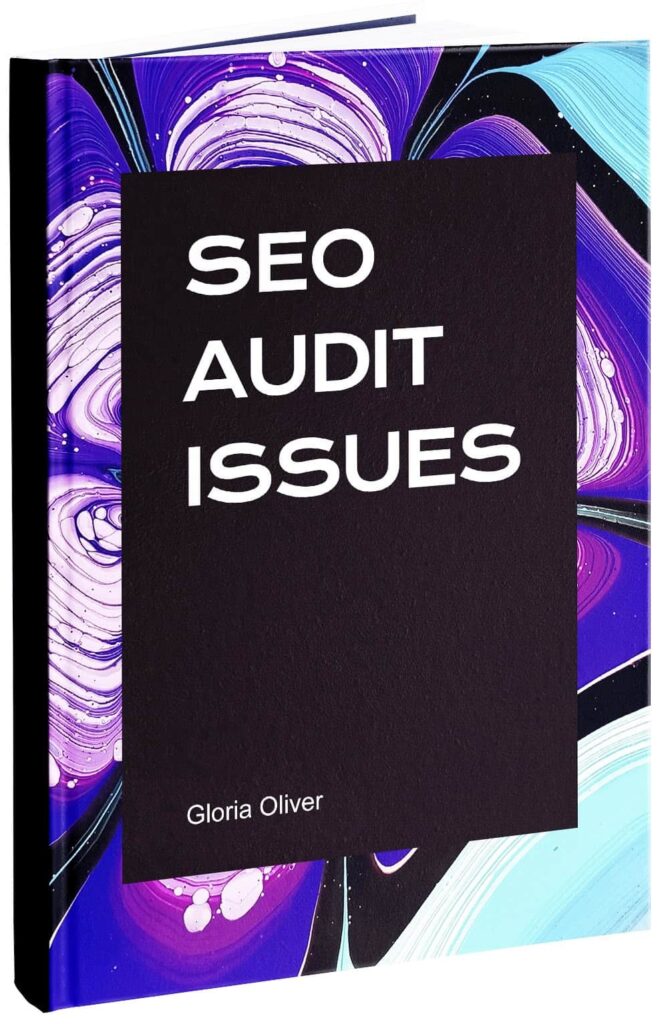Link Building Through Creative & Smart Outreach: Often Forgotten SEO Audit Issues to Boost Your Performance to #1


Often forgotten SEO audit issues to boost your performance represent the critical technical oversights that silently undermine organic search success. While most SEO professionals focus extensively on content optimization and keyword research, often forgotten SEO audit issues to boost your performance lurk within technical foundations, preventing even well-optimized websites from achieving their full ranking potential. These hidden obstacles, combined with missed opportunities in link building through creative and smart outreach, create compound problems that devastate organic visibility despite significant time and resource investments.

Understanding and systematically addressing these technical blind spots while implementing strategic relationship-building approaches creates the foundation for sustainable SEO success. The intersection of technical excellence and authoritative link acquisition represents the difference between websites that struggle for visibility and those that dominate competitive search landscapes.
Often Forgotten SEO Audit Issues to Boost Your Performance: Advanced Crawl Budget Optimization
Search engines allocate finite crawling resources to each website, making crawl budget management among the most critical often forgotten SEO audit issues to boost your performance. Index bloating from paginated pages, URL parameter variations, and low-value automatically generated content consumes precious crawl budget that should target your most valuable pages:
Sarah (SEO Specialist): How do we systematically identify which pages are consuming our crawl budget unnecessarily? Our internal audit checklist seems to miss these technical nuances.
Marcus (Technical Expert): Server log analysis reveals the stark difference between actual crawling patterns and our assumed priorities. Using site search operators like ‘site:domain.com inurl:page’ helps identify paginated pages unnecessarily consuming index space. Tools like Screaming Frog combined with Google Search Console data reveal orphan pages, duplicate content variations, and redirect chains that waste crawling resources on content that provides no user value.
Sarah: What’s the most effective approach for identifying index bloating across large websites?
Marcus: Systematic analysis involves checking for HTTP pages indexed on HTTPS sites, non-www variations on www-serving domains, and parameter-heavy URLs that create infinite crawling loops. These represent classic often forgotten SEO audit issues to boost your performance that can consume 50-75% more crawl budget than necessary. Our crawl budget optimization guide provides specific methodologies for identifying and resolving these resource drains.
Canonical Tag Misconfigurations: Often Forgotten SEO Audit Issues to Boost Your Performance
Sarah: Beyond basic canonical implementations, what sophisticated issues should we monitor across protocol and subdomain variations?
Marcus: Missing self-referential canonical tags, multiple canonical URLs pointing to conflicting destinations, and canonicals directing to non-existent pages represent major often forgotten SEO audit issues to boost your performance. Additionally, we must audit canonical implementation across AMP versions, mobile-specific URLs, and international hreflang configurations. Comprehensive canonical auditing using systematic crawling reveals these hidden duplicate content signals that confuse search engines and dilute ranking authority.
Sarah: How does strategic link building through creative and smart outreach integrate with these technical optimizations for maximum impact?
Marcus: Technical foundations must be solid before high-authority backlinks can deliver maximum ranking power. Strategic broken link building campaigns work exceptionally well because we identify broken external links on authority sites, create superior replacement content addressing the same topics, and execute personalized outreach that solves genuine problems for webmasters while earning valuable editorial links.
JavaScript Rendering and Dynamic Content: Advanced Often Forgotten SEO Audit Issues to Boost Your Performance
Sarah: Many modern websites rely heavily on JavaScript for content delivery and interactive features. How do we systematically audit potential rendering issues that might hide content from search engines?
Marcus: JavaScript rendering problems represent some of the most sophisticated often forgotten SEO audit issues to boost your performance. We must compare static HTML source code with fully rendered DOM versions to identify content dependent on JavaScript execution. Using Google Search Console’s URL Inspection tool combined with Lighthouse auditing reveals whether search engines can access critical content, internal links, and structured data that loads dynamically.
Sarah: What about internal linking architecture optimization? I suspect we’re missing significant opportunities there.
Marcus: Internal linking represents one of the most underutilized aspects of technical SEO. Excessive crawl depth to important pages, generic anchor text optimization, and missed topical relevance signals waste enormous ranking opportunities. Our comprehensive internal linking strategy addresses these often forgotten SEO audit issues to boost your performance through systematic link architecture analysis, crawl depth optimization, and strategic anchor text distribution that signals topical authority to search engines.
Resource Page Outreach: Often Forgotten SEO Audit Issues to Boost Your Performance Through Strategic Link Building
Sarah: Beyond broken link building, what other creative outreach strategies work effectively for earning high-authority editorial links?
Marcus: Resource page targeting represents an incredibly effective yet underutilized approach. These pages exist specifically to curate valuable industry resources, making them naturally receptive to high-quality content submissions. Strategic resource page outreach involves identifying curated lists within your niche, ensuring your content genuinely deserves inclusion based on quality and relevance, and crafting personalized outreach messages that demonstrate clear value alignment with their curation goals.
Sarah: How do we balance technical optimization priorities with ongoing outreach efforts for maximum ROI?
Marcus: Success requires addressing often forgotten SEO audit issues to boost your performance through systematic technical processes while simultaneously building domain authority via strategic relationship development. The key involves running parallel optimization tracks – resolving crawlability issues, canonical problems, and JavaScript rendering challenges while executing targeted outreach campaigns that build relationships with industry influencers and website owners. Technical health enables link equity to flow properly, while authoritative links provide the ranking power necessary to compete in challenging search landscapes.
Sarah: What ongoing monitoring systems help us stay ahead of new technical issues while maintaining our link building momentum?
Marcus: Automated technical monitoring using tools like DeepCrawl and scheduled audits help identify often forgotten SEO audit issues to boost your performance before they impact rankings. Simultaneously, maintaining CRM systems for outreach relationship management ensures consistent follow-up and relationship nurturing that transforms one-time link opportunities into ongoing editorial partnerships. The combination creates sustainable SEO growth that withstands algorithm updates and competitive pressures through technical excellence and authoritative link profiles.






